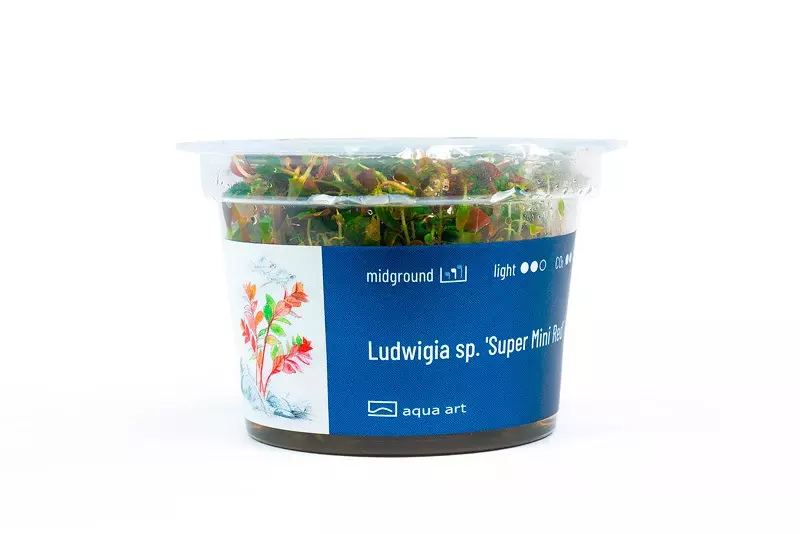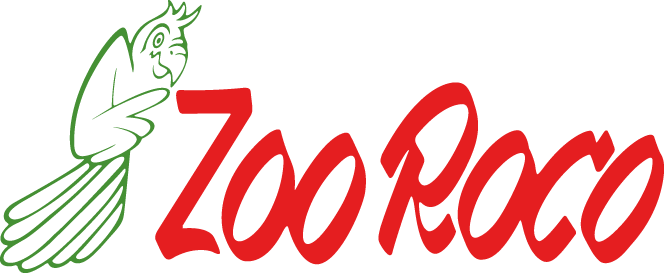Product information "Ludwigia sp. 'Super Mini Red"
Ludwigia sp. 'Super Mini Red'
Ludwigia sp. Super Mini Red' is a fast growing red plant for the second or third level in the aquarium. It is easy to propagate and does not require strong lighting. This plant grows in the soil and on decoration.
- Difficulty of cultivation: medium
- Light requirement: medium
- CO₂ requirement: medium
- Height of adult plant: 10-25 cm
- Growth rate: medium
- Temperature: 20-28°C
- Placement in aquarium: second or third
- level.
Origin: Cultivar (cultivated variety)
- Cup diameter: 6 cm
Ludwigia sp. 'Super Mini Red' is the smallest of the red-leaved Ludwigia varieties. It has fine and delicate dark red leaves. A particularly decorative aquarium plant. Depending on tank size, it is suitable for the middle or third level of the aquarium. It is popular for arrangements in Dutch and natural style aquariums.
The leaf blade is about 2 cm long and 1.5 cm wide. The plant does not have excessive requirements. It grows even in moderate light, although the red color then becomes less intense.
The plant can be planted in the ground or on decorations. When attached to the roots, it forms fanciful compositions, reminiscent of treetops. In this form of cultivation should not forget about the additional application of liquid fertilizer. The best growth results are obtained when planted in a fertile substrate. Under good conditions it spreads quickly.
Ludwigia sp. Super Mini Red' has many lovers thanks to its extremely intense red color. It discolors easily and quickly under strong light conditions. In this way, it becomes an incredibly eye-catching design element in their aquarium.
Due to its rapid growth, it must be regularly cut back and trimmed.
It does well in the strong spots of an arrangement, in the second or third row.
The Super Mini Red variety does not require CO₂ and grows in the water column even with low light intensity and low fertilizer levels. Therefore, it is a suitable plant for beginners in plant aquaristics. However, it is important to remember that the best growing results can be achieved with appropriate lighting and additional carbon dioxide addition. It grows in both hard and soft water with pH between 5.5 and 7.5.
It does not require complicated care. Frequent pruning and good growing conditions will ensure beautiful, dense plants.
It can grow up to 25 cm tall. As with most stems, the cut tips of the plants can be replanted in the ground. The plant will form side shoots at the cut.
Planting:The plant must be removed from the cup and thoroughly rinsed from the gel under running water. This is best done by placing the plant in a container of lukewarm water. Most of the gel will then fall off by itself. Divide the contents of the cup into 1-2 cm lumps and then set them at intervals of 1 to 2 cm.

















.jpg)















